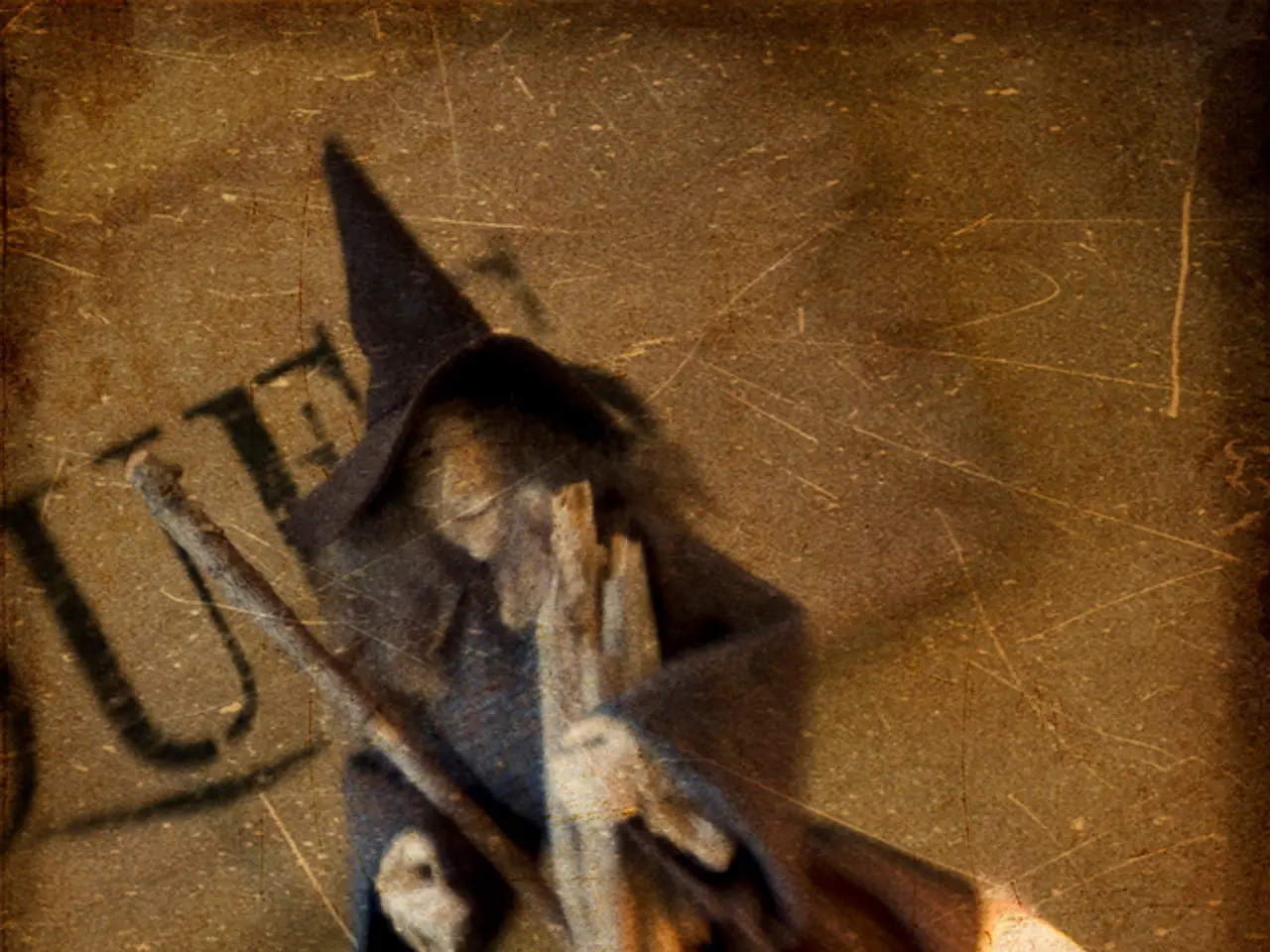Worldwide tears: Korean ghost tales stir emotion globally
Korean ghost narratives have captivated audiences worldwide, offering a distinctive blend of spiritual mediation, folklore, and shamanistic cultural context. Unlike their Western counterparts, which often emphasize exorcism and binary moral conflict, Korean ghost stories are marked by a subtlety that allows for interpretation and connection on the audience's terms.
One example of this can be seen in the SBS series "The Haunted Palace" and the Netflix hit "Kpop Demon Hunters." In "The Haunted Palace," the focus is on the living engaging with spirits' emotional wounds, rather than just confronting the supernatural. The series received praise for portraying diverse spirits shaped by the circumstances of their deaths and achieved an impressive 11 percent viewership rating. In "Kpop Demon Hunters," even in his demon form, Jinu, the leader of the K-pop boy band Saja Boys, embodies this layered grief, seeking to share his pain, not inflict it.
Korean ghost stories are deeply intertwined with shamanistic beliefs, in which spirits are not only feared but also mediated and negotiated with through rituals. Shamans (mudang) play a vital role as mediators between humans and spirits, and their presence imbues these stories with cultural and artistic layers unique to Korea.
Different spirit types, such as ghosts (gwishin), spirits, and mythical beings like dokkaebi (Korean goblins), are also a key characteristic of these narratives. Dokkaebi have complex characteristics, sometimes mischievous or challenging, and possess magical items like invisibility hats or magic clubs.
Korean ghost stories often feature spirits with human-like qualities, reflecting moral ambiguity rather than a strict good-versus-evil divide typical of many Western ghost tales. For example, spirits can have motivations beyond pure malevolence or benevolence, thus adding psychological depth and cultural nuance.
Like in Western horror, Korean ghost stories frequently involve themes of revenge and haunting, yet these are embedded in folklore and modern settings that include cursed objects and technology. The revenge narratives are integrated with indigenous legends and often have more localized cultural significance.
Korean supernatural traditions have become even more appealing by integrating ghostly elements into pop culture, especially K-pop. Korean grim reapers, clad in dark robes and high-brimmed hats, exude a unique presence and emotional complexity, earning popularity rivaling the protagonists.
The movie "The Legend of Arang" from Miryang features a young woman's ghost haunting magistrates to seek justice for her death during an attempted assault. The TVN series "Dokkaebi (Goblin)" explores Korean mythology in a modern setting, focusing on two central figures: the Goblin and the Reaper. The Goblin is cursed with immortality and is haunted by those he failed to save, while the Reaper is tormented by having ordered the Goblin's execution in a past life.
Adaptations of Korean folklore in modern dramas and films often preserve this emotional complexity, blending traditional themes with contemporary storytelling. The positive perception of Korean culture worldwide, as noted by culture critic Jung Duk-hyun, plays a major role in making Korean folklore feel trendy and hip to global audiences. Culture critic Kim Heon-sik attributes the growing global interest in Korea's supernatural traditions to their distinct Korean identity.
Han, a uniquely Korean concept of unresolved sorrow, permeates much of Korea's ghost lore and explains why spirits remain earthbound. By integrating ghostly elements into pop culture, Korean supernatural traditions have become even more appealing, offering audiences a unique blend of spiritual mediation, folklore, and emotional depth that sets them apart from Western ghost narratives.
- In the realm of entertainment, Korean ghost stories, often found in TV series like "The Haunted Palace" and "Kpop Demon Hunters," offer a nuanced take on spirits, focusing on emotional healing rather than just supernatural confrontations.
- Within Korean pop-culture, traditional folklore characters like Korean grim reapers have garnered popularity, embodying unique presences and emotional complexities that rival even the most beloved protagonists.
- Korean ghost narratives, infused with indigenous folklore and modern storytelling, provide a distinctive blend of spiritual mediation, emotional depth, and cultural nuance, setting them apart from their Western counterparts, and appealing to global audiences.








